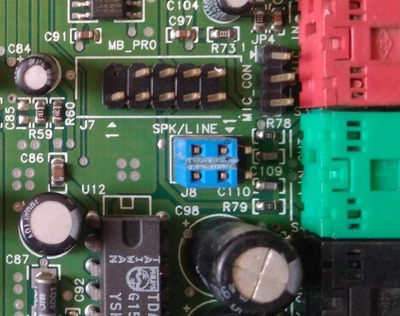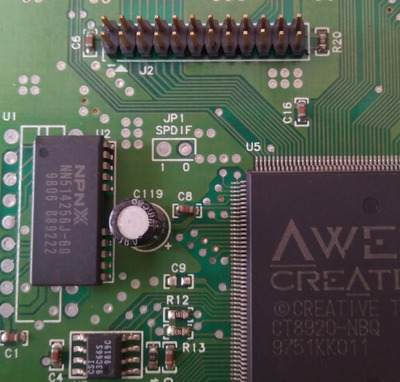First post, by appiah4
- Rank
- l33t++
I am trying to internally route a CT4520 AWE64 Value's Line Out to the Aux In of a Turtle Beach Montenego and the SPK/LINE header seems to be perfectly suited for the task. To quote the manual, the pinout is:
Pin Description I/O1 Left channel line level audio Out2 Right channel line level audio Out3 Pin is cut to provide keyed connection -4 Analog Ground -5 Left channel speaker out audio Out6 Right channel speaker out audio Out
Perfect. Except not a single one of the 4 such cards that I have has a cut pin to key the connection, and neither are any of them marked to show whether this header is sequential or staggered. Does anyone know?
Retronautics: A digital gallery of my retro computers, hardware and projects.


